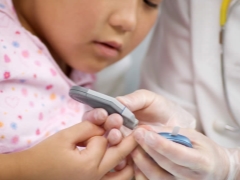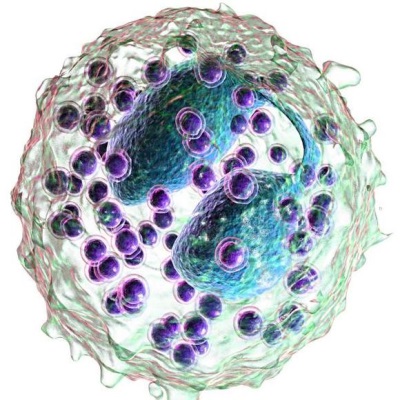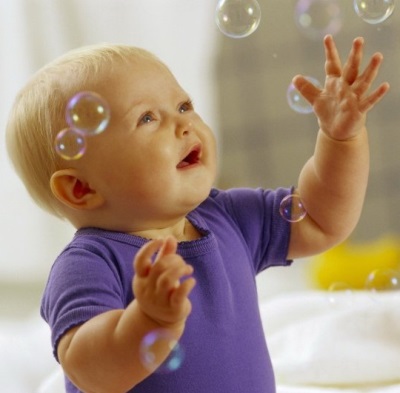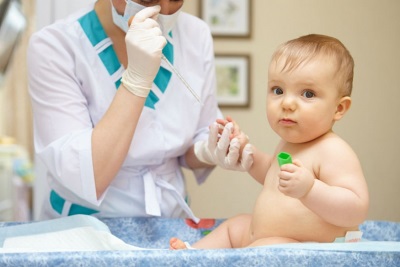The rate of eosinophils in the blood in children
Leukocytes are important blood cells that protect the child’s body against various infections, toxins and other adverse factors. Such cells are heterogeneous and represented by different species. One of them are eosinophils. What is the significance of such leukocytes for the child's body, how many of them should be normal and what should parents do if the level of eosinophils exceeds the normal level or there are no eosinophils in the child’s blood?
The role of eosinophils
The main task of eosinophils in the body of a child is to protect it from pathogens of infections, allergens and toxic substances. In addition, these cells are involved in the regulation of inflammatory processes (they suppress active inflammation). Eosinophils are able to move using the amebiodia method, “picking up” to a toxic substance, bacteria or other object that needs to be neutralized.
How to determine children
It is possible to estimate the content of eosinophils in the blood of a child using a general analysis, which is also called clinical. In order to determine the level of eosinophils, the leukocyte formula must be present in the analysis, that is, such cells are counted as a percentage of the total number of leukocytes.
The analysis is carried out on an empty stomach, using mainly blood from a finger for it, and if a child is a newborn, blood from the heel. To ensure that the level of eosinophils is reliable, the child should not eat and drink a lot before giving blood. (only a little water is allowed). You should also avoid physical exertion and emotional stress the day before.
In addition, you need to consider that in the morning due to the higher activity of the adrenal glands, the level of eosinophils is about 15% higher than normal.
We recommend watching a video in which a specialist from a Moscow clinic tells in detail what eosinophils are and how their research takes place in the laboratory:
Norm in children
Eosinophils in the peripheral blood are represented in a small percentage. Normally, in the leukogram of children, they constitute:
- From 1% to 4% in the neonatal period.
- From 1% to 5% in infancy up to a year.
- From 1% to 4% in children older than 1 year.
Change in the number of eosinophils
Above normal
If the percentage of eosinophils exceeds the normal value, this condition is called "eosinophilia". She in childhood is most often a sign helminthic invasion or allergic reaction. These two causes are the most common factors that provoke a high level of eosinophils in children.
We recommend to see the release of the program of the famous doctor Komarovsky, which tells about the causes of helminthic invasion in babies:
Also elevated eosinophils can be detected at magnesium deficiency, systemic diseases, protozoa infection, mononucleosis, erythremia, bacterial infections, tumors, skin diseases, vasculitis, burns, hypothyroidism, and many other diseases.
In addition, an increased number of such white blood cells is provoked by the action of drugs, for example, hormonal agents or antibiotics.
Below normal
If the level of eosinophils in the child’s blood decreases, it is called eosinopenia. Since the lower limit of the norm for any age is 1% of such leukocytes, with eosinopenia, there are no eosinophils in the child’s blood at all or are detected in a single amount.
The reason for this situation may be:
- Severe purulent infection, including sepsis.
- Heavy metal poisoning.
- Surgical pathology, for example, acute pancreatitis or appendicitis.
- Long-term use of glucocorticoids.
- The onset of an acute inflammatory process.
- Chronic stress.
- Diseases of the adrenal glands or thyroid.
- Leukemia in advanced stage.
In the absence of eosinophils in the leukocyte formula of the child, the best solution would be to contact a pediatrician. Having passed the analysis again and making sure that the laboratory mistake is excluded, the doctor will examine the baby and order additional examinations to identify serious pathologies. As soon as the main disease that provoked a decrease in eosinophils is diagnosed, the child will be prescribed the necessary treatment, during which the level of eosinophilic leukocytes will return to normal.
You can learn more about eosinophils by watching the following video.














